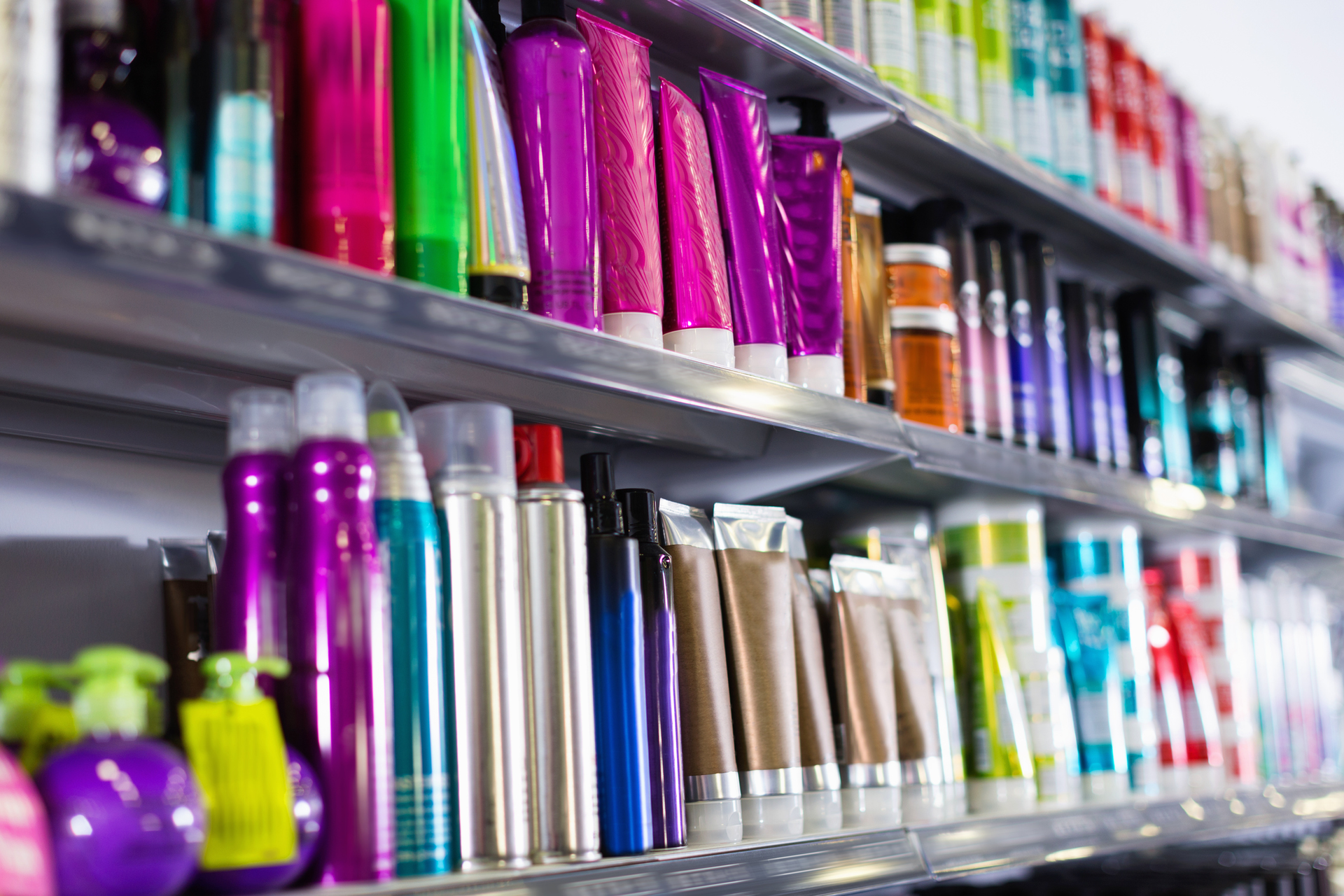With good data comes disruption, picking apart old assumptions and clearing the way for products that deliver on a promise. Consumers are becoming better informed because they have access to a wealth of knowledge and choose to spend time digging deep in the details across various categories.
It makes sense to do research on big purchases like automobiles, but this is a habit that shoppers also carry with them to beauty products, according to a new study out today by global search intelligence specialist Captify, in partnership with Publicis Media.
“One of our objectives with this study was to take a look at large verticals, as we’ve done in past studies, for a real demonstration of the intelligence we see in the data we have,” said Anand Siddiqui, Global VP Insight & Analytics at Captify. “It helps us change the way we think about our categories.”
He added, “One of the changes that was really clear was how consumers are changing.”
The 12-month analysis sorted through billions of monthly on-site searches to identify key trends in the beauty industry. What the study found was that big brands are being challenged by significant gains on the part of rising stars in the direct-to-consumer space.
“Technology is a real enabler of the change in consumer behavior and their interaction with brands,” Siddiqui explained. “The shift we see is in people questioning their choices…they’re asking these questions and not just relying on advertising. Consumers are far more informed.”
Some of the insights from the research show how fast these nontraditional beauty brands can grow, and how pervasive the category is around events that get chatted about online. For instance, DTC brand Watermans had the highest volume of searches among global haircare giants, with 8.6 percent share of search across 100 brands, a field that included Pantene and Garnier. Pop culture events drove consumer attention, the research found, with the 2018 Oscars igniting a 214.3-percent increase in haircare searches.
Siddiqui sees this as a recent shift, where consumers are attracted to authentic brand narratives supported by influencers and information provided by the brands themselves about how the products are made, and what results they can deliver. Through digital DTC channels, these disruptor brands have a “lower cost of entry and more control of the communication end-to-end,” he said. “Storytelling also plays an important role. They tell the story their way and it screams authenticity.” The search data also reveals connections across categories with similar pay models, such as subscription services like Spotify and Dollar Shave Club. Low monthly costs across many customers add up to high revenue for disruptors.
One of the noticeable connections consumers make is with trusted influencers. In this realm, celebrity hairstylist Jen Atkin registered 54 percent of influencer-related searches in haircare. Atkin is also the owner of the increasingly popular brand Ouai.
According to Siddiqui, big name legacy brands tend to connect with consumers on price point. Disruptor DTC brands, with the voluminous story they tell online through influencers, tend to skew luxury. The numbers back this up. Luxury haircare consumers are 2.3 times more likely to search for influencers than mass market consumers. Conversely, the mass market consumer is three-and-a-half times likelier to search for price.
Popular keywords are one way to connect with digital consumers. But the new research adds dimensions to the online lives of beauty shoppers. For instance, what devices are they using? Over half – 54.9 percent – are using a desktop computer. Mobile and tablet searches come in at 36.9 percent and 8.2 percent, respectively. Additionally, consumers use different devices more on different days. The top days for desktop are Monday and Friday, for mobile it’s Tuesday and Wednesday. More people are searching on tablets on Saturday and Sunday than during the regular work week.
Sure, big brands can use this data to adopt more “authentic” communications with consumers, but are they really listening? Siddiqui sees the new wave of disruptors taking in what they hear from consumers and changing their products on the fly, leveraging the success of one product to develop more. He cited mattress brand Casper as an example.
“The DTC advantage is to be able to rapidly change and tweak their products, based on what people say,” he stated. “This feedback loop enables brands to have a different conversation, about how they can change their products, while also unlocking those additional moments with consumers and plan their expansion. This is the challenge with DTC – as they expand, how they still retain that feel and culture that got them there.”








